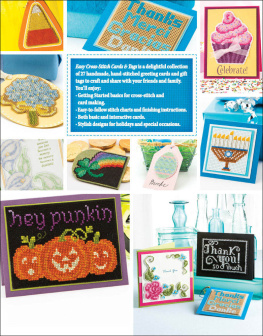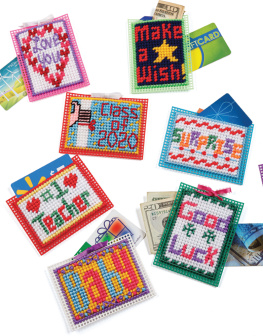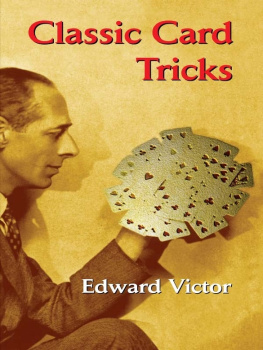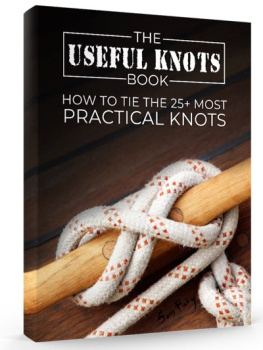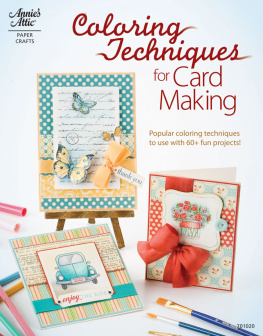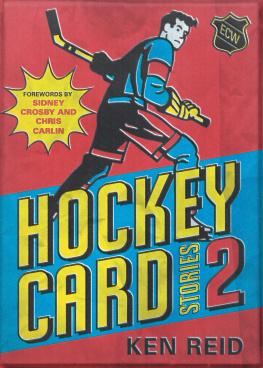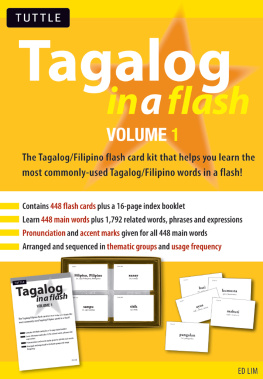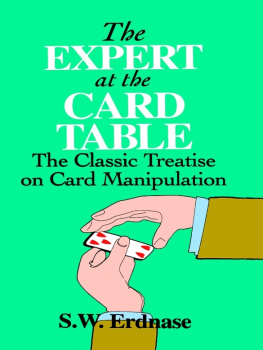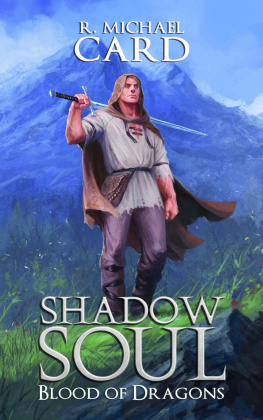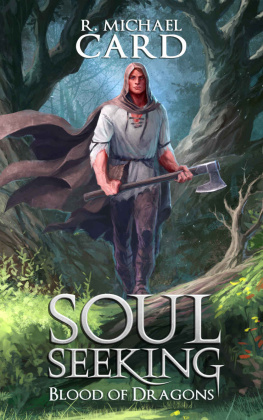Pattern Services and Revisions
If you are an Annies customer and have a question about the instructions on a pattern you have purchased, please visit:
http://www.anniescatalog.com/pages/customer_care/pattern_services.html
Table of Contents
Working From Charted Designs
Each square on a chart corresponds to a space for a cross stitch on the stitching surface. The symbol in a square shows the floss color to be used for the stitch. The width and height for the design stitch area are given; centers are shown by arrows. Backstitches and straight stitches are shown by straight lines, and French knots are shown by dots.
Fabrics & Perforated Paper
The Materials list for each project suggests a working surface that will complement each design. Stitched models were worked on 14-count Aida cloth or on perforated paper, which has 14 squares per inch. On fabrics, the thread count14-count, 28-count, etc.refers to the number of threads per inch, and indicates how many cross stitches you can work in 1 inch when stitching over one thread. On 14-count fabric, you can work 14 cross stitches in 1 inch.

Needles
A blunt-tipped tapestry needle, size 24 or 26, is used for stitching on most 14-count to 28-count fabrics. The higher the needle number, the smaller the needle. The correct-size needle is easy to thread with the amount of floss required, but is not so large that it will distort the holes in the fabric.
Floss
All of our models were stitched using DMC six-strand embroidery floss. Color numbers are given for floss. Cut floss into comfortable working lengths; we suggest about 18 inches. Gently pull apart the strands to separate them, then recombine the number of strands indicated by the pattern (Fig. 1). Do not twist the strands when recombining them for stitching.

Getting Started
To begin in an unstitched area, bring threaded needle from back to front of fabric (Fig. 2). Hold about inch of the end of the thread against the back, then anchor it securely in place by catching it under the back loops of your first few stitches (Fig. 3). To end threads and begin new ones next to existing stitches, weave the thread ends through the backs of several stitches.

The Stitches
The number of strands of floss used for cross stitches will be determined by the thread count of the fabric used and the pattern. Refer to the chart and instructions to determine the number of strands used for cross stitches, backstitches, straight stitches and French knots.
Cross Stitch
A cross stitch is formed in two motions. Follow the numbering in Fig. 4 and bring needle up at 1, down at 2, up at 3 and down at 4 to complete the stitch. Work horizontal rows of stitches wherever possible. Two options exist for stitching. The first option is to bring thread up at 1, work half of each stitch across the row, and then complete the stitches on your return. The second option is to bring thread up at 1 and work each stitch in full before moving on to the next stitch.

Half Cross Stitch
For a half cross stitch, work only the bottom layer of a cross stitch (Fig. 5).

Backstitch
Work backstitches after cross stitches have been completed. They may slope in any direction and are occasionally worked over more than one square of fabric. Fig. 6 shows the progression of several stitches; bring thread up at odd numbers and down at even numbers.
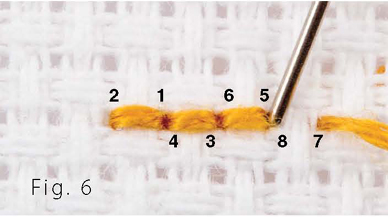
Straight Stitch
Work straight stitches after cross stitches and backstitches have been completed. They may slope in any direction and are typically worked over more than one square of fabric. Using number of strands indicated in pattern, bring thread up at odd numbers and down at even numbers (Fig. 7).
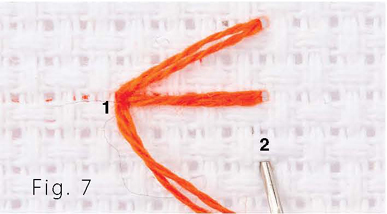
French Knot
Bring thread up where indicated on chart. Wrap floss once around needle (Fig. 810) and reinsert needle into fabric close to the same location. (On fabrics like Jobelan and linen, take the needle back down one thread beyond beginning of stitch; when stitching on Aida cloth, pierce the square near the beginning of the stitch.) Hold the wrapped thread tightly and pull needle through, letting thread go just as knot is formed. Pull gently and firmly, but do not pull too tightly.

Planning a Project
Before you stitch, decide how large to cut the fabric. Determine the size of the finished stitching, then allow enough additional fabric around the design plus 46 inches more on each side for use in finishing and mounting if finishing differently than indicated. Cut your fabric exactly true, right along the holes of the fabric. Some raveling may occur as you handle the fabric. To minimize raveling along the raw edges, use an overcast basting stitch, machine zigzag stitch, or masking tape, which you can cut away when you are finished.
Finishing Needlework
When you have finished stitching, dampen your embroidery (or if soiled, wash in lukewarm mild soapsuds and rinse well). Roll in a towel to remove excess moisture. Place facedown on a dry towel or padded surface; press carefully until dry and smooth. Make sure all thread ends are well anchored and clipped closely. Proceed with instructions for finishing card or tag as given for each design. 
Paper
Cardstock is thicker and heavier than regular paper and provides a sturdy surface or base for greeting cards and tags. Most card makers prefer to use at least an 80100 lb. cardstock for their card bases and lighter-weight varieties for layering.
Cardstock is also available in smooth and textured assortments.
Both options can be used for bases and layering; however, if your design includes stamped images or sentiments, you will want to use a smooth cardstock to get the best image possible.

Scoring
A basic scored line is either a depressed or raised line that is created where you want to fold your card. Whether you use a stylus, bone folder or specially created scoring board and tool to create scored lines, the process is virtually the same. Use even pressure and draw the tool down the paper. If you are using a heavy-weight cardstock, you may want to go over the scored line twice.

